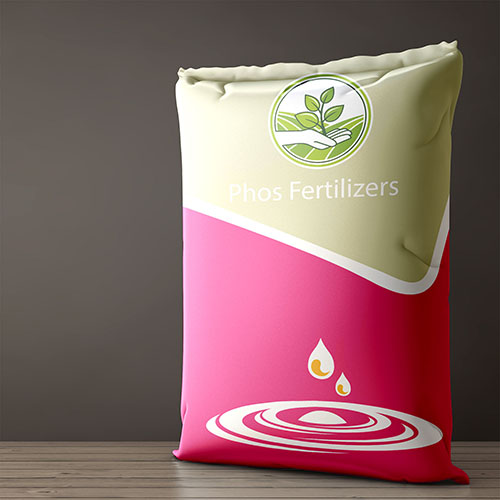Welcome to PhosFertilizers, we hope you will enjoy our products and have good experience
Use Of Rock Phosphate In Agriculture
Use Of Rock Phosphate In Agriculture

NPK stands for “nitrogen, phosphorus, and potassium”— the three nutrients that make up NPK Use Of Rock Phosphate In Agriculture , and it’s one of the first things you’ll notice on Use Of Rock Phosphate In Agriculture packets. While the Use Of Rock Phosphate In Agriculture ’s description may not specifically state “NPK,” you will find a string of three numbers separated by dashes. These figures represent the nitrogen, phosphorus, and potassium content of that Use Of Rock Phosphate In Agriculture , respectively.Phosphorus is required for seed germination and the development of healthy root systems in young plants. Swede, carrots, and turnips, for example, require a high phosphorus Use Of Rock Phosphate In Agriculture .Plants lacking in phosphorus may have a purple tint, as well as wilted, prematurely falling leaves.Nitrogen is required for the growth of leaves, stems, and plants, high nitrogen Use Of Rock Phosphate In Agriculture are ideal for lawns and leafy vegetables.Nitrogen-deficient plants exhibit slowed growth, weakened stems, and yellowing or discoloured leaves from the tip inwards.Potassium is necessary for flower and fruit growth as well as disease resistance in plants. For fruit-bearing and flowering plants, look for a Use Of Rock Phosphate In Agriculture with high potassium and low nitrogen content. This will boost fruit and blossom production while limiting leaf growth. If a plant’s potassium levels are low, it will produce fewer flowers and produce lower-quality fruits and vegetables. Curled or crinkled leaf edges with a dry look are also signs of potash deficiency.
